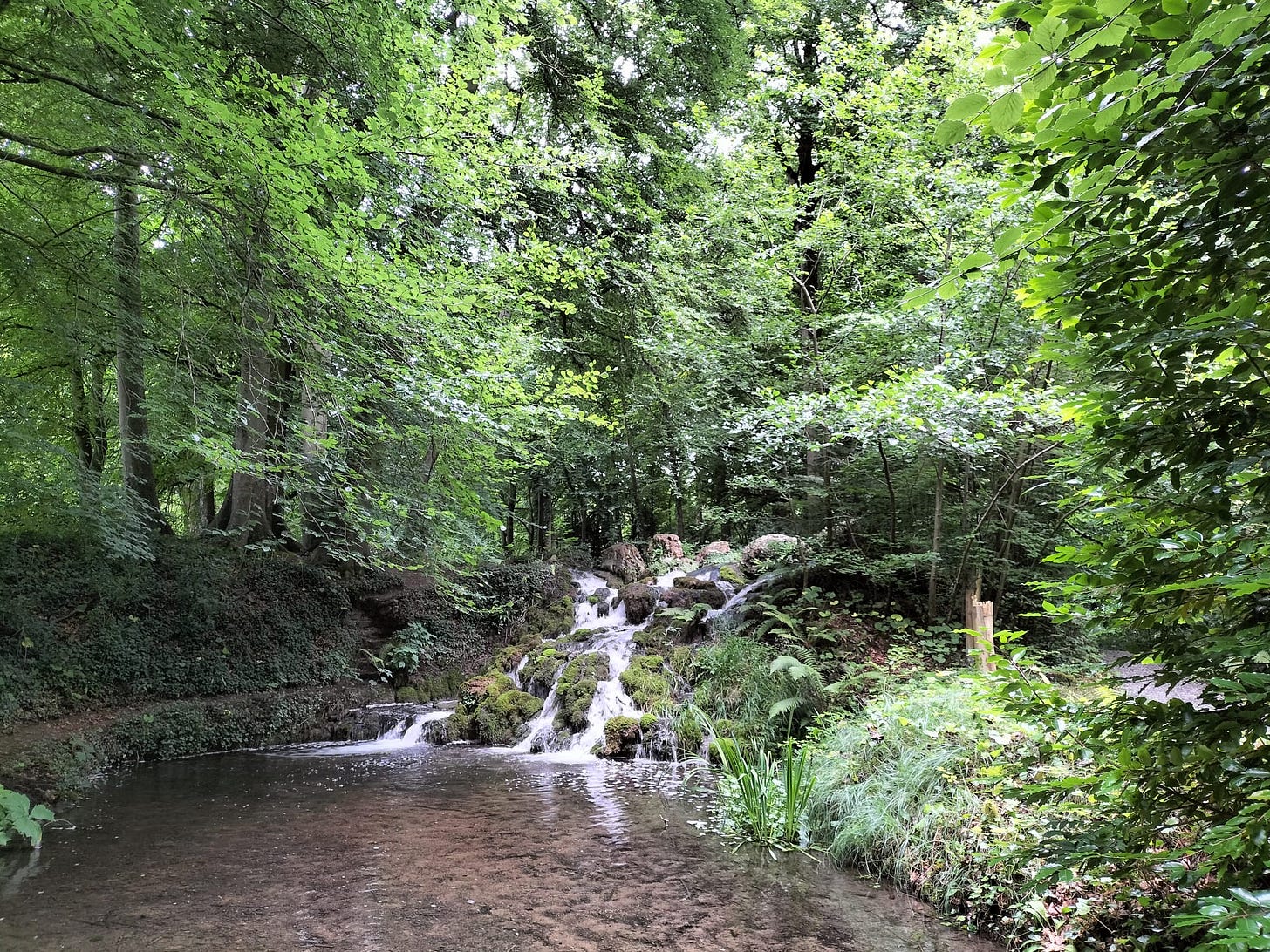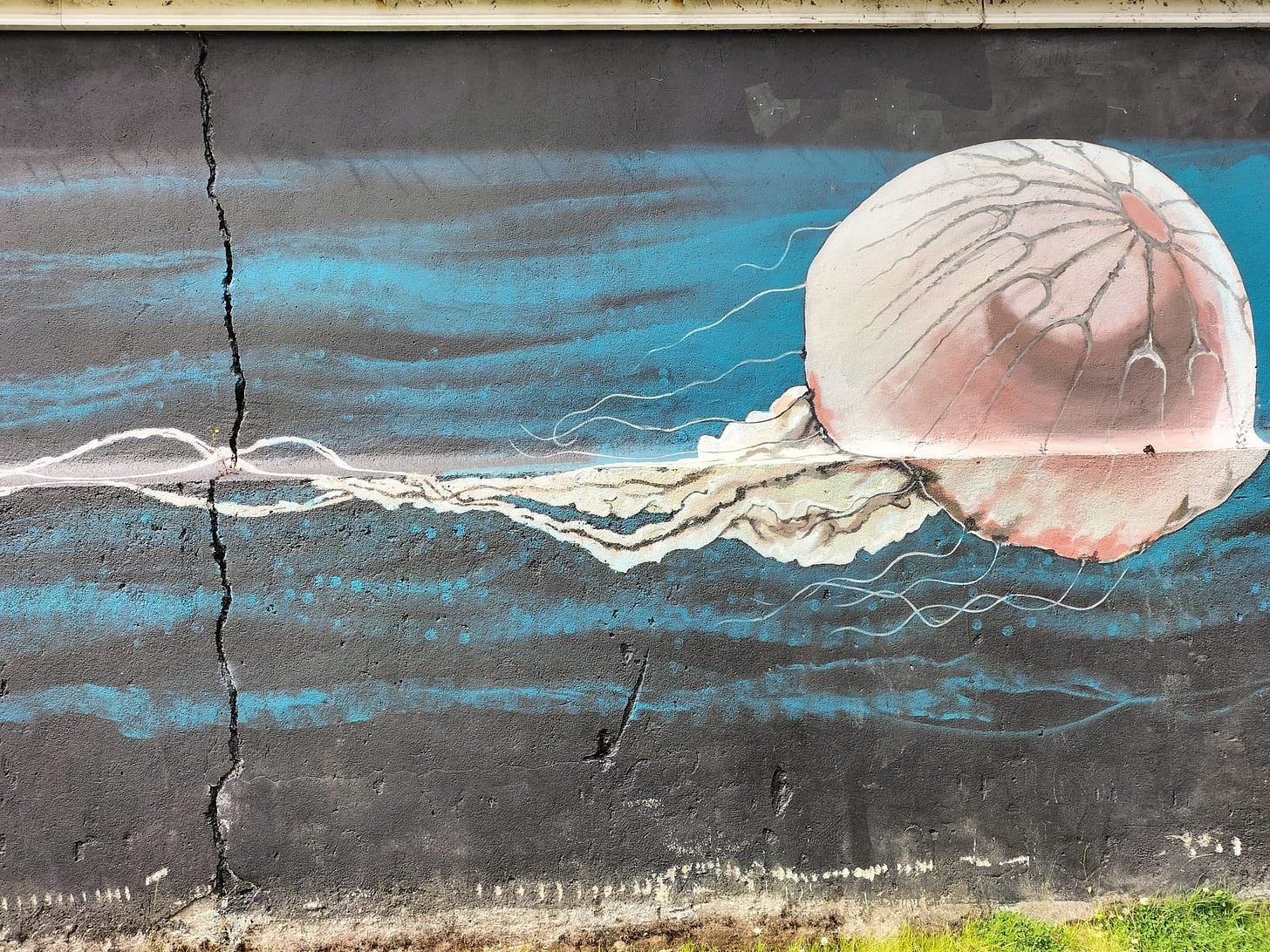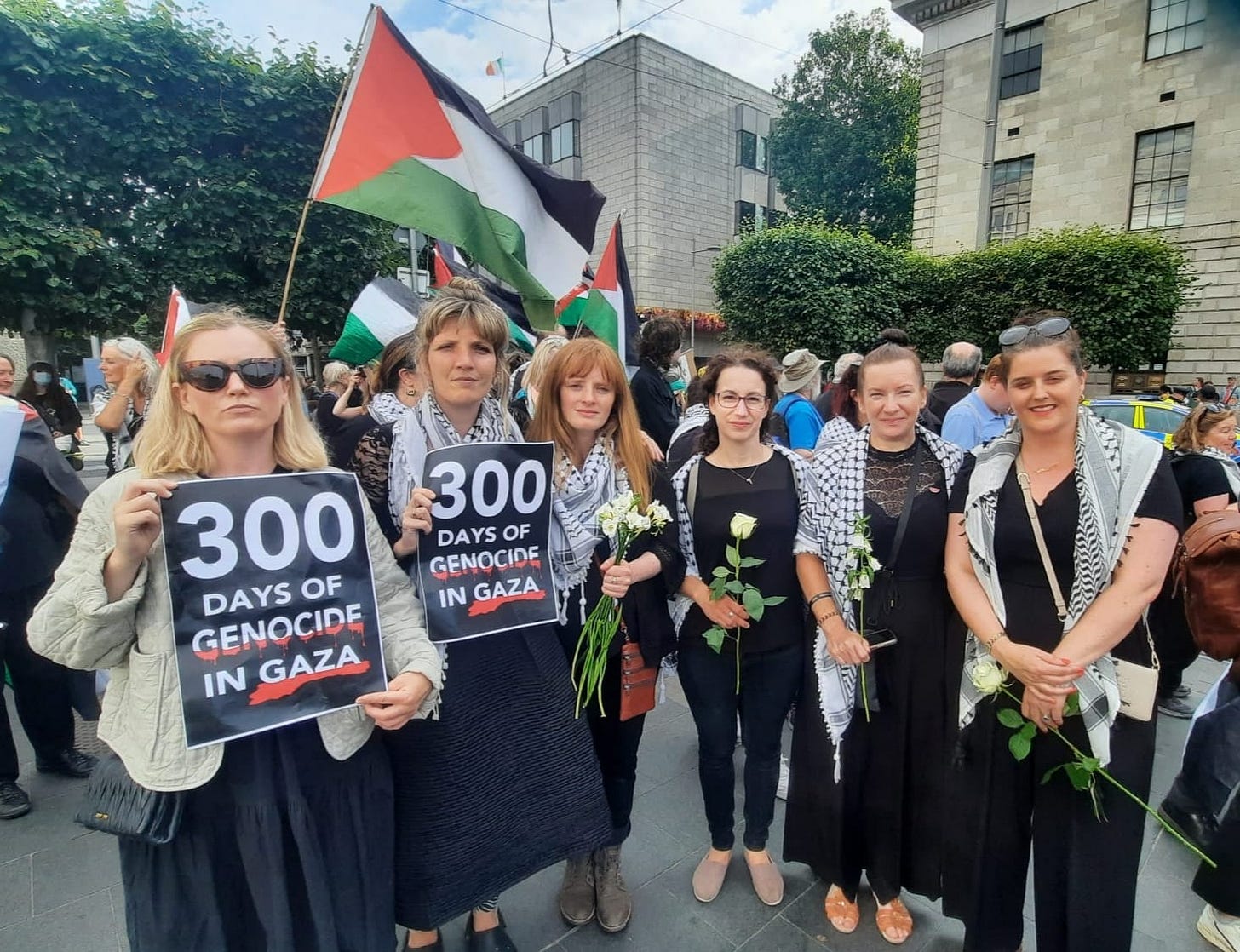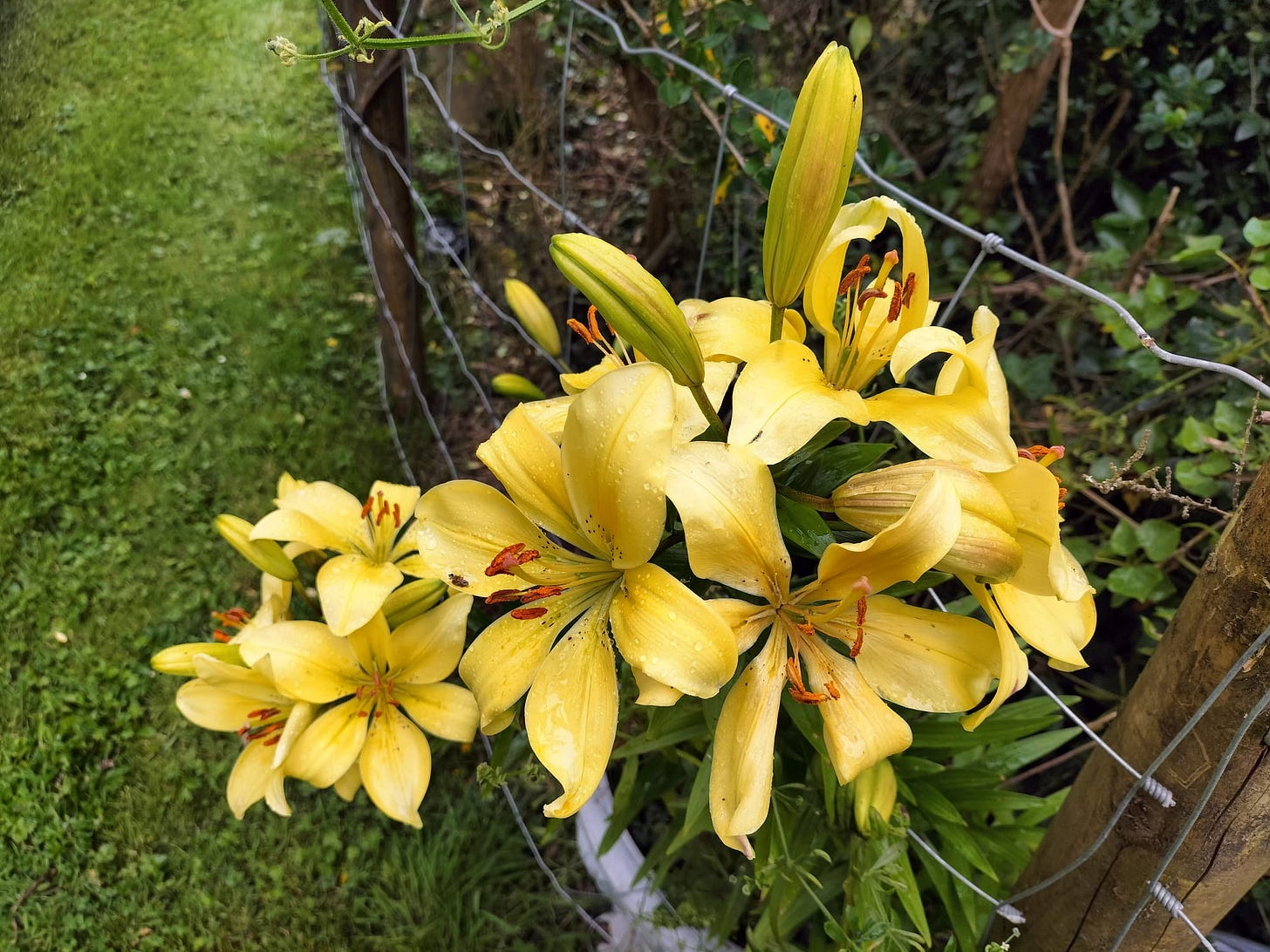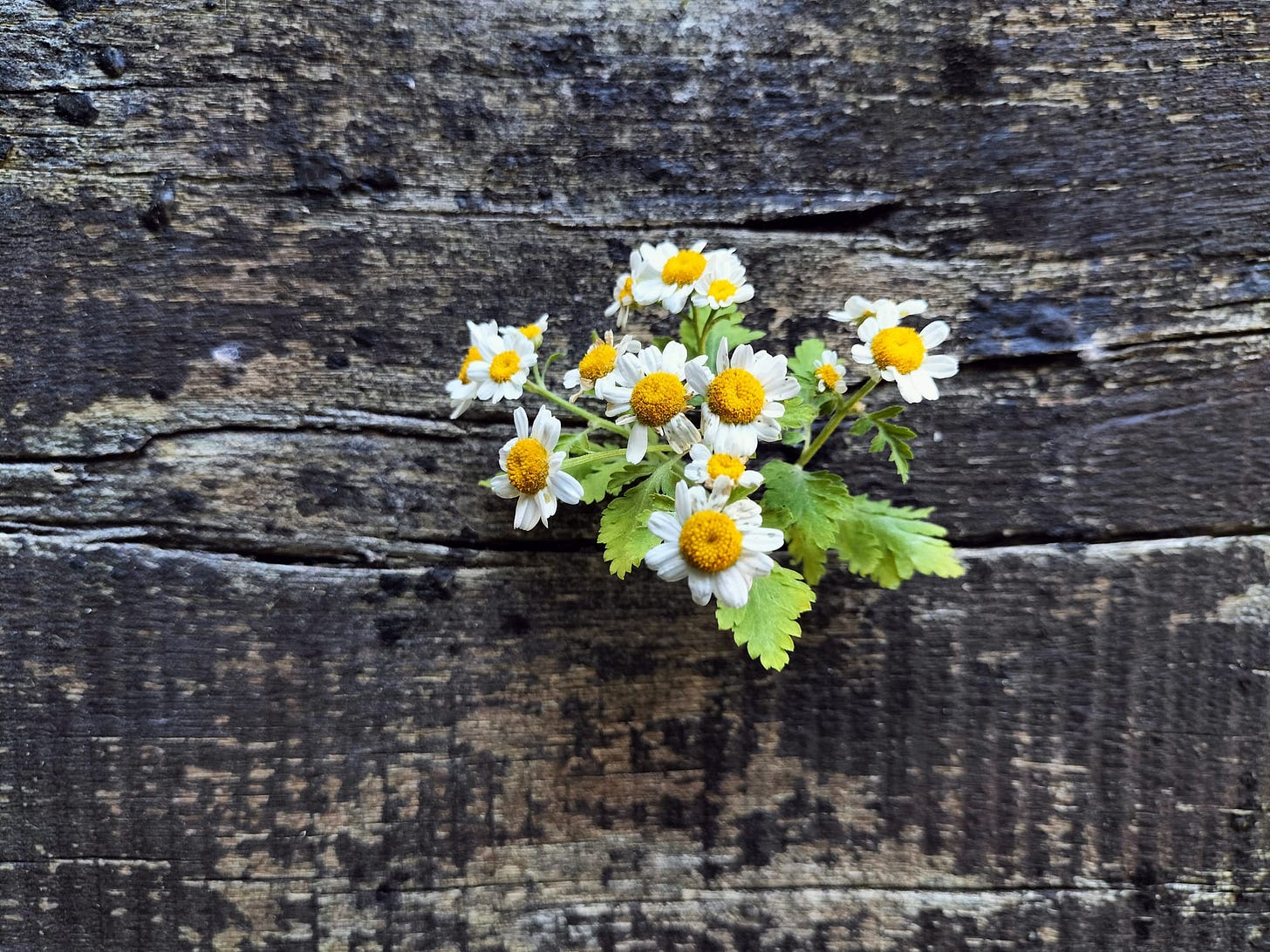We thought they might be sparrowhawks. The fleeting glimpses we managed to steal suggested something bigger than kestrels, and we were sure their conversation wasn’t that of buzzards despite the assertion of a passerby who stopped to briefly share in our enthusiasm.
It was the movement of their voices, swooping in widening-and-narrowing circles through the canopy above our heads, teasing us into marshy corners of the woodlands, that held us there. Sound in motion. Communication in motion. Our awe a form of worship in a cathedral with walls of ash and sycamore and a high-definition surround-sound system.
(they were kestrels after all, later confirmed thanks to the kind of wonderful person who catalogues bird calls for free on the internet)
In an episode of her podcast How to Survive the End of the World, adrienne maree brown said something that got me thinking about the many meanings of the word MOVEMENT, the many ways of being MOVED:
“What’s missing in movement is the spirit. The larger-than.”
She was of course talking about political MOVEMENTS, and it sent me into a free-association spin on how we MOVE ourselves through life, MOVE our bodies through the hard, unmalleable anthropocene we inhabit. How these concrete spaces, so oppressive and inflexible and often devoid of natural light, grind us down and curb our bounceability, the likelihood that we will dance and pivot and spring into MOVEMENT when we are called.
I think of how my hypermobile body gives out to me if we sit for even a relatively short period of time without moving. How her connective tissue burns if we stretch without strengthening. How her limbs crunch and stick together if we overreach without stabilising. How in times of stagnation she wakes me in the middle of the night, begging to be pulled roughly from the extremities of herself when what she needs is to be tightly folded and bound so she can wring herself out and unfurl anew.
Stagnation equals pain. In stagnation, she doesn’t even know her own needs. I can no longer trust her signals. But what she needs, always always always, even when she doesn’t know how to tell me so, is a swirling brew of strength and softness and fluidity to help me stretch myself around new ways of seeing.
I think about how my relationship with that body and with pain shapes my willingness to be IN MOVEMENT - from dancing within the safety of my home or simply going for a walk, to getting my feet out into the streets, to taking that first scary, mightily uncomfortable leap that allows me to break the silence with my voice, to giving myself body and soul to a social justice MOVEMENT. About how marching in protest has been one of the few things to lift me out of physical and emotional stagnation in recent months.
(about how the many meanings of MOVEMENT allow for the fact that not everyone can, literally, carry their bodies with them in the same way or at all. how can we MOVE, even when we can’t?)
“The spell must be woven with the sound of the voice and the motion of body and hand.” - Ursula Le Guin, Earthsea
Back to adrienne’s activating words. The weaving of spirit back into the brambles of social justice movements won’t be brought about through facts or statistics or hard data alone. When I lose touch with my spirit, I can’t seem to process those things; I need to be MOVED back into it. I need to be MOVED back into my capacity for generosity, for holding a space within myself for the world outside of myself. (let’s not pretend those things exist in isolation from one another)
And what are words for? What is music for? As Wallis Bird sang the other week, what is an artist for? What is any of it for, if not to shift something within us? There is a tendency in this hyper-rational world not to bother with the otherwise if that otherwise can’t be fully explained yet.
In Body Work, my favourite book on writing, Melissa Febos says that:
“Artists are people driven by the tension between the desire to communicate and the desire to hide.”
It can sometimes feel embarrassing to remain an idealist in a world only interested in concrete answers. To point towards things that make people uncomfortable. But look around: that world desperately needs people willing to ‘cultivate the muscle of radical imagination’ (adrienne again), to offer alternate pathways into seeing, to allow ourselves to be ‘moved by what could be’ (to borrow a phrase from Lola Olufemi’s Experiments in Imagining Otherwise).
MOVED by what could be.
The other evening I stood in my rented back garden, staring into the achingly glimmering sky, the very same sky from which bombs fall on children, and thought to myself: “f*** this world.” But then: “No, that’s not right.” Halfway down the yard, from a wire fence concealing a septic tank, some deliciously golden lilies push their way up into existence. Hoverflies and bees and cabbage white butterflies dart around their pollen, life begetting life begetting life. How can I say f*** this world?
Nature teaches us again and again that we must not concern ourselves with whether we as individuals will live to see the fully-fleshed fruits of our labour towards the otherwise. The pollinators spread the pollen because that’s just what they do. Because they are orientated towards the continuation of life beyond themselves.
How can I orientate myself, simultaneously, to the miraculous growth of life in unexpected places, to the suffering of others, to the conversation of kestrels, to what needs to be done and what I can do?
MOVEMENT towards whatever keeps me human. Away from what hardens my shell and renders me ungenerous, from what Ursula Le Guin calls ‘the peril of staying too long in a form not one’s own.’ Movement towards, and then into the heart of, and then in compost-like collaboration with, what MOVES. Towards, into, with.
Not the cascading, rushing, hamster wheel of uncontrollable momentum.
The oscillations - between what is and what if - that keep me malleable.
The pandiculations that keep me soft.
The concentric contractions that keep me stable and the eccentric contractions that allow me to fold around new truths.
The ushering in of what is, of what could be.
“The role of the artist is to make the revolution irresistible.” - Toni Cade Bambara
Not just the self-identifying artist. All of us.
Sweet, juicy, irresistible MOVEMENT.
There are enough things in life that require rigidity and structure and I want this to remain a space where I can allow things to arise as organically and sporadically as feels right. So I have no plans for introducing a paid subscription model, but if you’d like to support my work feel free to visit The Cauldron, my Patreon account where I share new music and bits & bobs each month.



